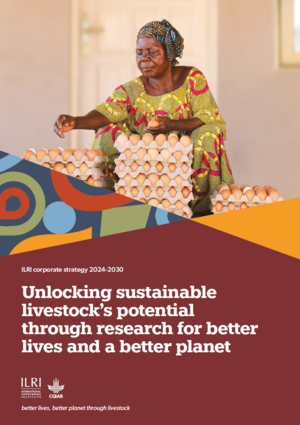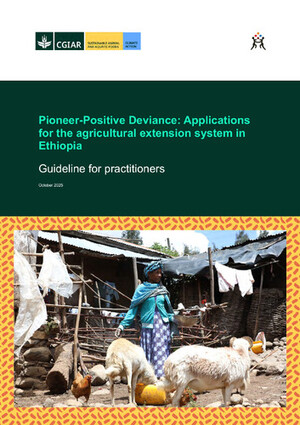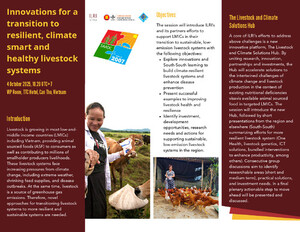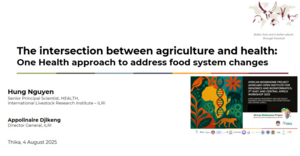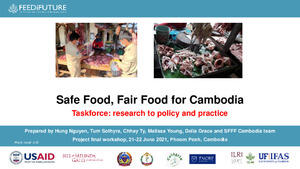
Changes in vegetation structure, aboveground biomass and soil quality in response to traditional grazing land management practices in the central highlands of Ethiopia
Abstract
Despite shrinking pastureland in the central highlands of Ethiopia, as a result of cropping, there has been little detailed work to evaluate effects of traditional grazing land management practices on vegetation and soil attributes. This study aimed to quantify vegetation structure, aboveground biomass yield and soil quality, as a result of the impact of enclosure and open access management practices by using a sampling quadrat. Aboveground biomass yield for the grass species was 17.6 and 31.2% higher, respectively, for the highland and mid-highland agro-ecologies for enclosed areas, compared with open-access grazing. Andropogon amethystinus (Important value index (IVI) = 86.9) and Pennisetum thunbergii (IVI = 79.2), the most dominant and highest density, found in the enclosed areas decreased from open access grazing land and replaced by more resistant to continuous heavy grazing, like Eleusine floccifolia (IVI = 125.7) in the mid-highland area. Herbaceous species richness was better in open access grazing land than the enclosed areas. Soil quality parameters, such as total nitrogen, available phosphorous, calcium, sodium and cation exchange capacity, were significantly higher for enclosed areas than open access practice. In conclusion, enclosed areas performed greater in most of the parameters considered than open access grazing land management practices at both agro-ecologies.
Citation
Wegi, T., Hassen, A., Bezabih, M. and Tolera, A., 2020. Changes in vegetation structure, aboveground biomass and soil quality in response to traditional grazing land management practices in the central highlands of Ethiopia. African Journal of Range & Forage Science




